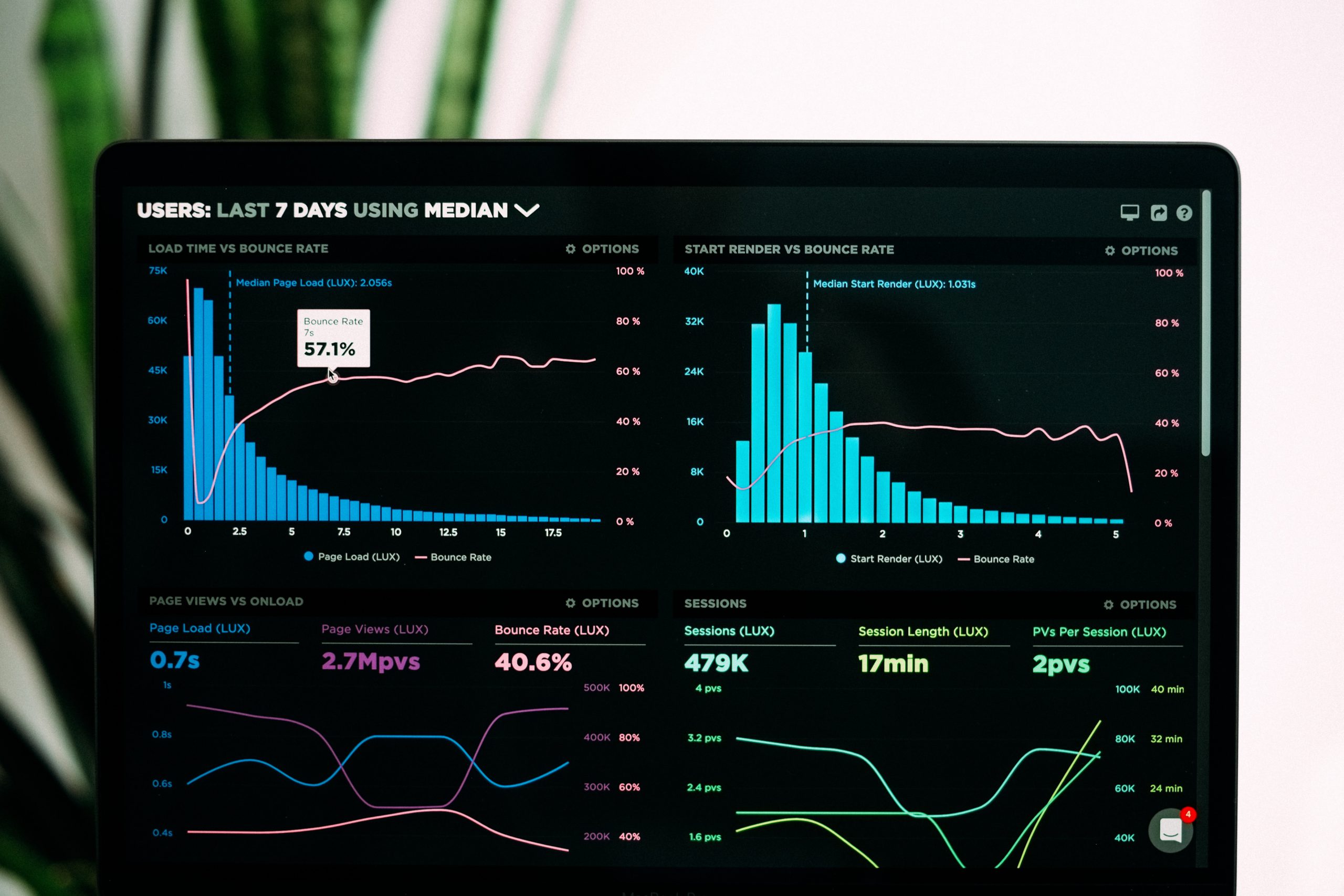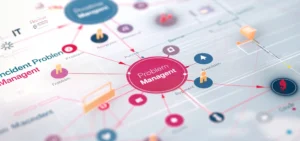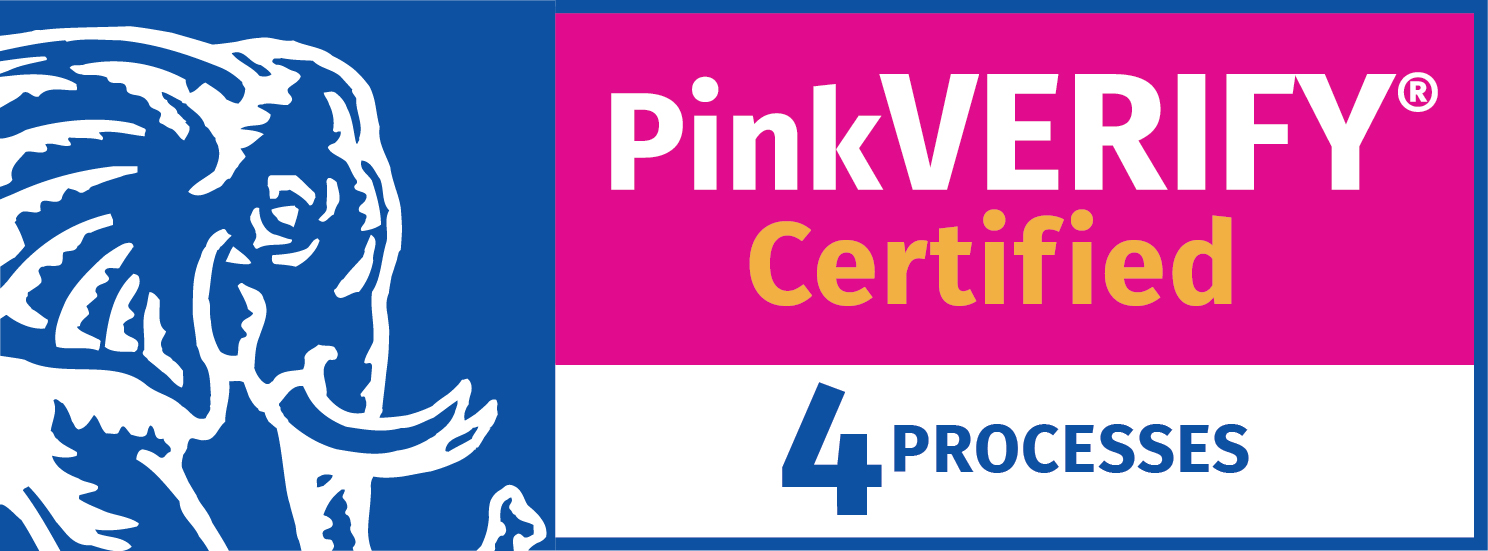If you’re a Help Desk Manager on the hunt for metrics to drive your team’s performance, you’ve come to the right place. This blog will delve into the top five IT help desk metrics, as outlined in the 2023 HDI research report. These key performance indicators (KPIs) can be invaluable for enhancing your Help Desk operations. However, it’s crucial to remember that not all KPIs are one-size-fits-all. Rather than blindly following best-practice metrics, your focus should be on aligning them with your IT support’s unique objectives and desired outcomes. Keep this in mind as you read further and explore other potential IT help desk metrics.

The Top 5 IT Help Desk Metrics According to HDI (2023):
The “State of Technical Support in 2023” report by HDI has identified the top five most used IT help desk metrics in North America:
1. Average Time to Respond (Non-phone Channels):
The average time to respond is a critical component in gauging IT help desk efficiency. It reassures end-users that their incident reports and service requests have been acknowledged and are in the process of resolution. To continually improve the support experience, efforts should focus on reducing response times, although this improvement pertains to response speed, not necessarily issue resolution. Balancing speed with a successful outcome is vital in the era of high end-user expectations.
2. Customer Satisfaction:
Customer satisfaction (CSAT) serves as a valuable counterbalance to operational IT help desk metrics. While efficiencies may improve, as indicated by metrics like average handling time, CSAT scores reveal their impact on end-users. Positive or negative, CSAT feedback identifies areas for enhancement, shedding light on whether ongoing improvement initiatives benefit or hinder end-users. It’s important to acknowledge potential bias in CSAT scores, which often represent feedback from those who choose to respond rather than the entire user base.
3. Average Number of Tickets Resolved per Staff Member:
This metric offers insights similar to average handling time but underscores the need for balance. The number of tickets resolved per staff member can vary significantly, and what’s considered optimal is subject to debate. The sweet spot might be around eight tickets per hour. However, not all tickets are equal, as complexity and types of incidents influence this metric.
4. Staff Satisfaction:
Like CSAT, staff satisfaction provides a valuable counterpoint to operational metrics. It’s essentially free consultancy, as your help desk staff are in a prime position to identify what’s working and what isn’t. This can significantly affect motivation and, in turn, user experiences. Survey questions can address personal and work-related aspects, yielding valuable insights for continual improvement.
5. Cost per Ticket:
The cost per ticket is a key IT help desk KPI, offering a different dimension of performance evaluation. While reducing this cost is a valid goal, it’s vital to consider potential consequences. Improvements that cut the cost per ticket may not necessarily translate into enhanced business-level productivity. This metric can be influenced by increased ticket volume, which may not always be beneficial. Additionally, comparing your IT help desk’s cost per ticket to industry benchmarks may be misleading if there are variations in cost components.
If you would like to learn more about the most important KPIs for your IT help desk and their relationships with continual improvement explore our Analytics.





